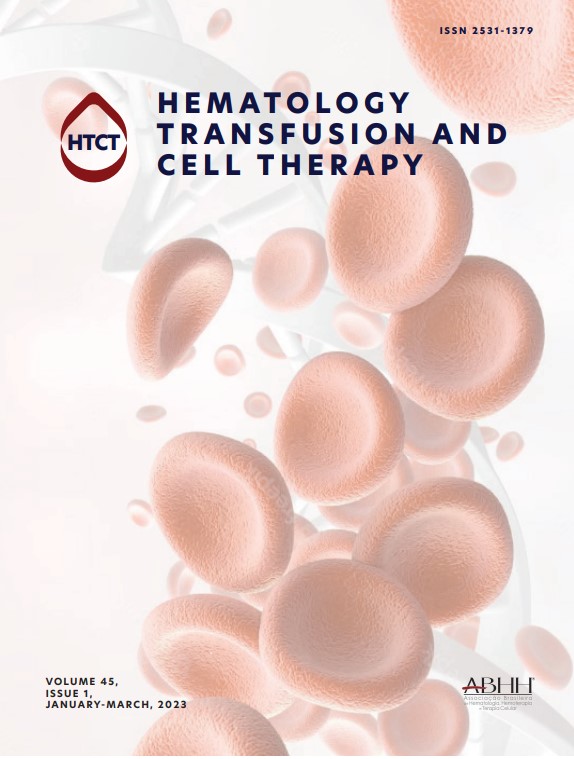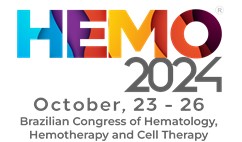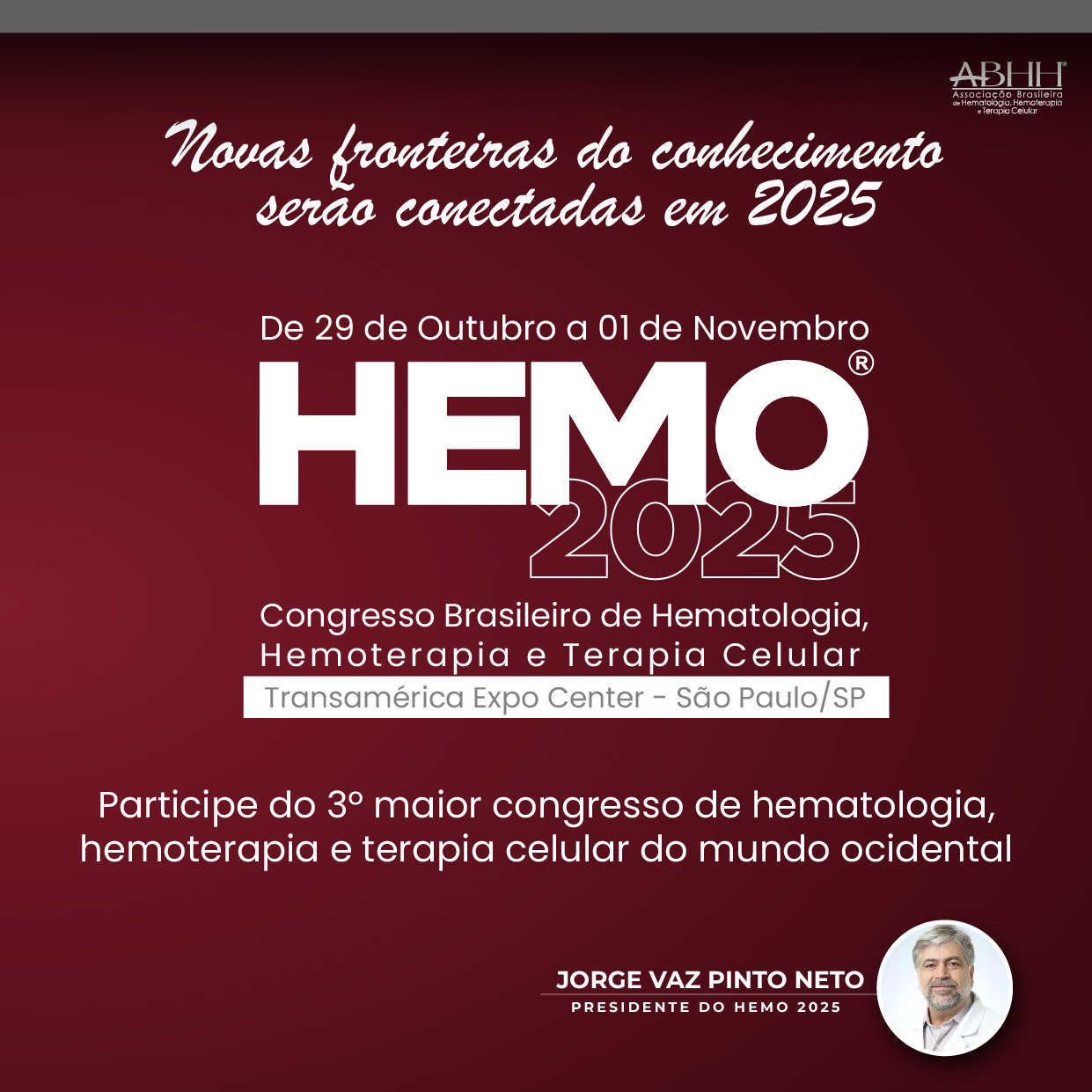Background and aims:CRLF2 overexpression is a molecular biomarker associated with increased risk of relapse in T-cell acute lymphoblastic leukaemia (T-ALL). Our group has recently shown that this alteration is associated with mutations leading to the stabilization of intracellular NOTCH1. The molecular mechanisms underlying CRLF2 dysregulation have not been identified in T-ALL yet, therefore we aim to further investigate and identify those mechanisms. Material and methods: Controlled access data of T-ALL samples from Therapeutically Applicable Research To Generate Effective Treatments (TARGET) and public data on human cell lines from the Cancer Cell Line Encyclopedia (CCLE) were analysed in this study. Patients data were categorised according to clinical-demographic, T-ALL maturation, molecular and CRLF2 gene expression profiles. RNA-seq, WES and cell lines data of H3K27ac ChIP-seq were evaluated. Results and discussion: Two hundred and sixty-four patients with T-ALL were grouped into CRLF2 expression quartiles with patients located in the upper quartile being considered CRLF2 -high (n = 65) and the remainder CRLF2 -low group (n = 199). CRLF2 overexpression was observed in 65.22% (15/23) of ETP patients (p = 7.579e−06). In addition, by analysing human T-ALL cell lines we identified LOUCY, a classical ETP-ALL cell line, MOLT13 and ALL-SIL as those with higher CRLF2 expression levels. ETP-ALL is the most immature T-ALL subtype that has a unique gene expression profile and is associated with overexpression of some transcription factors, e.g. MEF2C. Similarly, CRLF2 -high patients presented a MEF2C high expression profile (p = 8.266e−06), even when ETP patients were excluded (p = 0.0029), suggesting that MEF2C might be associated with the dysregulation of CRLF2 expression in T-ALL. Akin to our previous observation that NOTCH1-PEST/FBXW7 mutations are associated with CRLF2 -high and that MEF2C is potentially playing a synergistic role with NOTCH1 constitutive activation, we observed that patients with coexisting NOTCH1/FBXW7 mutations and MEF2C overexpression exhibited CRLF2 -high (p = 0.0021). In addition, H3K27ac data from LOUCY and ALL-SIL revealed transcriptional activity in the CRLF2 promoter and adjacent regions where we observed MEF2C binding sites. Conclusions:CRLF2 -high is frequently found in ETP-ALL and this transcriptional dysregulation is associated with both the presence of NOTCH1 activating mutations and MEF2C overexpression. Our preliminary results suggest that MEF2C might play a regulatory role in CRLF2 abnormal transcriptional control in the T-ALL scenario.
The Impact Factor measures the average number of citations received in a particular year by papers published in the journal during the two preceding years.
© Clarivate Analytics, Journal Citation Reports 2025
SRJ is a prestige metric based on the idea that not all citations are the same. SJR uses a similar algorithm as the Google page rank; it provides a quantitative and qualitative measure of the journal's impact.
See moreSNIP measures contextual citation impact by wighting citations based on the total number of citations in a subject field.
See more





